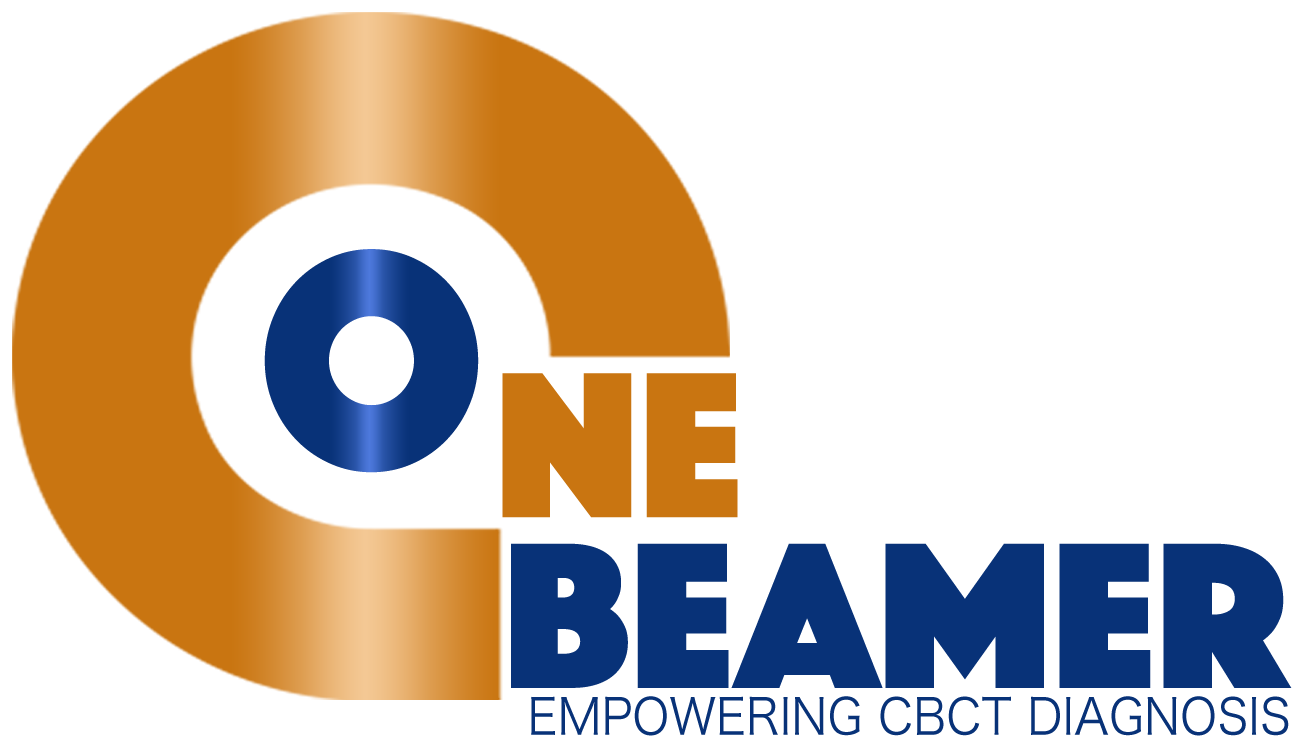Understanding the Importance of Vital Structures Tracing in Dental Radiology
Dental radiology plays a crucial role in diagnosing and treating various dental conditions. One essential aspect of dental radiology is the tracing of vital structures, which involves identifying and assessing important anatomical features such as nerves, blood vessels, and sinuses. Accurate tracing of vital structures is vital for treatment planning and ensuring patient safety. In this article, we will delve into the importance of vital structures tracing in dental radiology.
1. Preservation of Vital Structures
Tracing vital structures in dental radiology helps in preserving these critical anatomical features during dental procedures. By accurately identifying and tracing nerves, blood vessels, and sinuses, dentists can avoid accidental damage to these structures, reducing the risk of complications and ensuring optimal patient outcomes. Preservation of vital structures is particularly crucial when planning procedures such as extractions, implant placements, and endodontic treatments.
2. Minimization of Complications
Tracing vital structures aids in minimizing complications during dental procedures. For example, in implant dentistry, tracing the mandibular nerve or the maxillary sinus allows dentists to plan the implant placement carefully, avoiding nerve injury or sinus perforation. Similarly, tracing nerves during root canal treatments helps dentists navigate complex canal systems and avoid procedural mishaps. By identifying and understanding the proximity and course of vital structures, dentists can execute treatments with precision and minimize the risk of complications.
3. Treatment Planning and Customization
Tracing vital structures provides valuable information for treatment planning and customization. By knowing the location and characteristics of nerves and blood vessels, dentists can customize treatment approaches to suit individual patient needs. For example, in orthognathic surgery, tracing the inferior alveolar nerve and maxillary nerve branches helps in determining the precise surgical technique, ensuring the safety of these vital structures. Tailoring treatment plans based on vital structures tracing leads to improved treatment outcomes and patient satisfaction.
4. Identification of Anatomical Variations
Vital structures tracing allows for the identification of anatomical variations that may impact treatment. Every patient has a unique anatomical structure, and tracing vital structures helps uncover variations that could affect the success of dental procedures. For instance, tracing the position of the mental foramen aids in avoiding nerve damage during local anesthesia administration. By identifying these variations, dentists can adapt their treatment strategies accordingly, ensuring the best possible outcomes.
5. Improved Diagnostic Accuracy
Tracing vital structures enhances diagnostic accuracy in dental radiology. By precisely visualizing and tracing nerves, blood vessels, and sinuses, dentists can identify potential abnormalities or pathologies that may require further investigation or treatment. For example, the tracing of the maxillary sinus can reveal signs of sinusitis or other sinus-related conditions. Accurate diagnosis based on vital structures tracing allows dentists to provide appropriate and timely interventions, improving patient care and outcomes.
6. Patient Communication and Education
Vital structures tracing facilitates effective communication and patient education. By using visual aids derived from dental radiology, dentists can visually demonstrate the importance of tracing vital structures to patients. This helps patients understand the significance of treatment planning, the potential risks associated with their dental condition, and the measures taken to ensure their safety. Patient education fosters trust, cooperation, and compliance, leading to a positive dental experience.
In conclusion, vital structures tracing plays a crucial role in dental radiology. It enables the preservation of vital structures, minimizes complications, facilitates treatment planning and customization, identifies anatomical variations, improves diagnostic accuracy, and enhances patient communication and education. Dentists must prioritize the tracing of vital structures to provide safe, effective, and personalized dental care.
============================================

